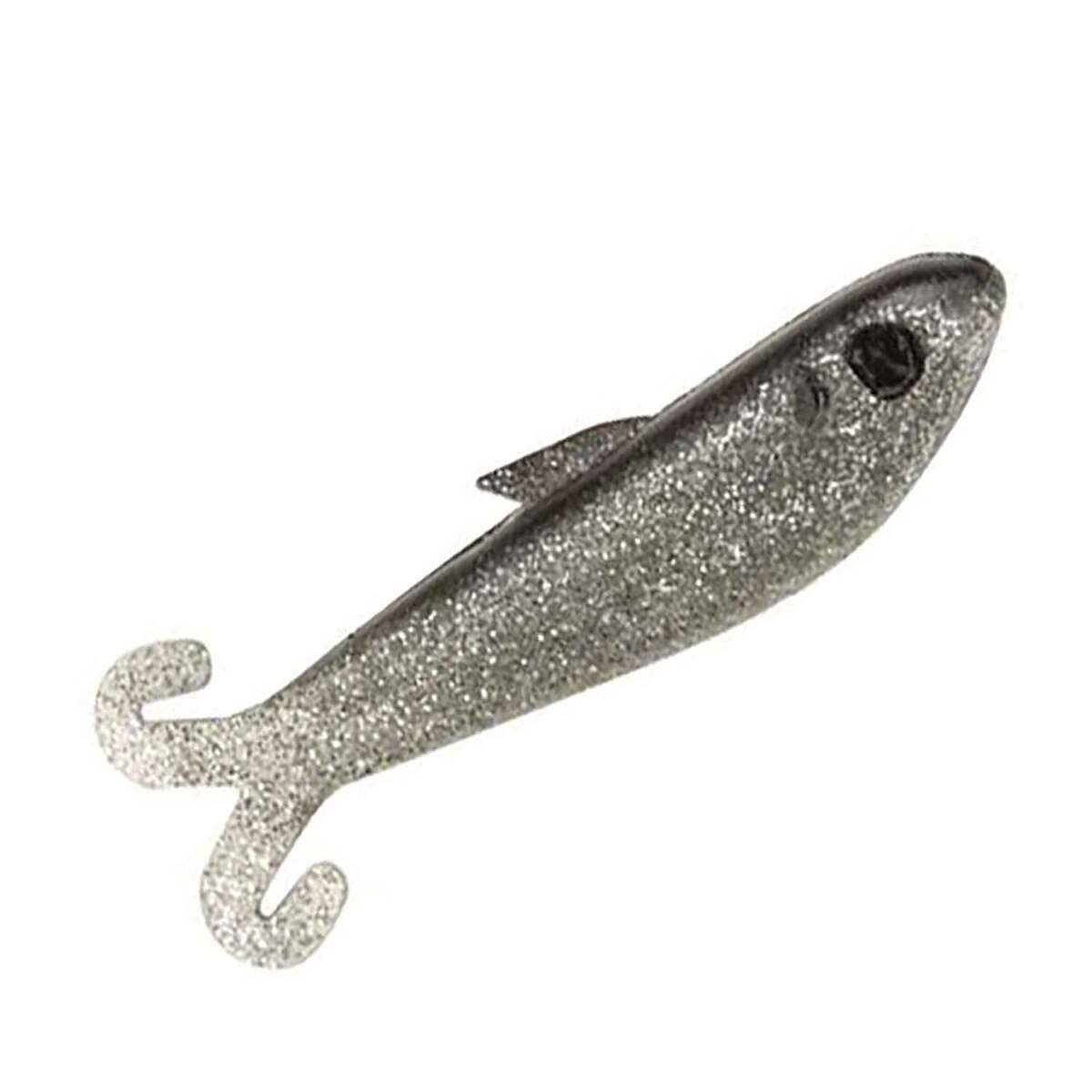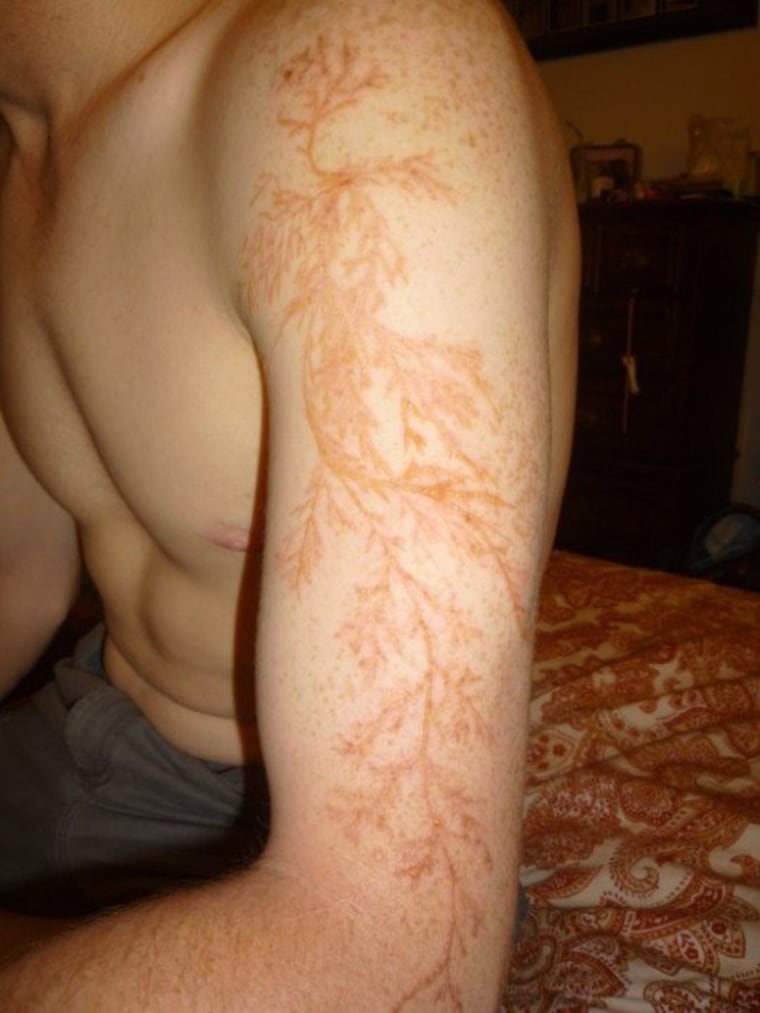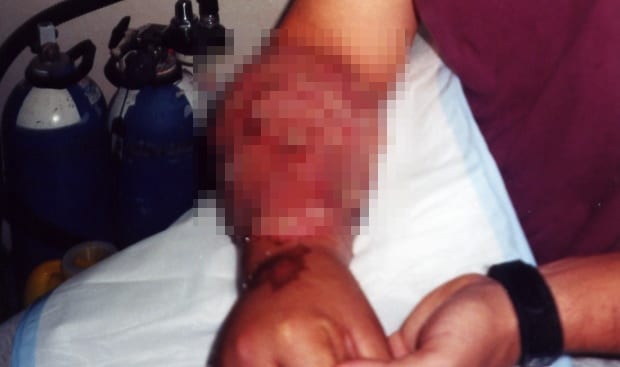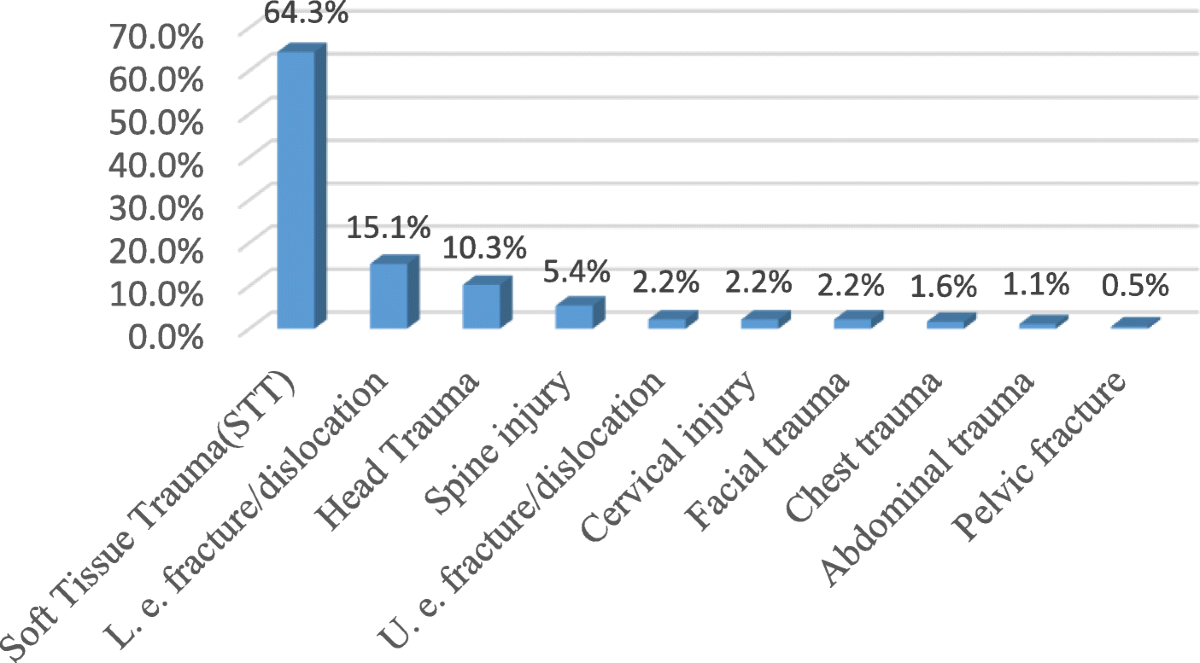- Home
- static line injury
- A descriptive study of orthopaedic injuries due to parachute jumping in soldiers, BMC Emergency Medicine
A descriptive study of orthopaedic injuries due to parachute jumping in soldiers, BMC Emergency Medicine
4.5 (748) · $ 21.50 · In stock
Background While parachute jumping, soldiers may suffer minor or life-threatening injuries in various parts of the body. Several trauma scoring systems assess the severity of such injuries. The primary goal of this study was to assess clinical characteristics and the severity of orthopaedic, musculoskeletal, and other injuries from military training-related parachute jumping using two trauma scoring systems (AIS and ISS). Our secondary goal was to assess whether there was an increase in injury rates with age. Methods In total, 185 military personnel between 19 and 51 years old who were injured as a result of daytime static parachute jumping during 44 months between January 2016 and August 2019 were included in the study. Demographic data; vital signs; the level of consciousness; the Glasgow Coma Scale; ISS trauma region classifications; anatomical injury sites; AIS and ISS scores; diagnoses; treatment methods; hospitalization status; and duration of hospital stay were examined descriptively. Results There were 184 male and one female participant. The most commonly injured body site was the foot (33.5%), and the most common diagnosis was soft tissue trauma (64.3%). The most commonly injured body site was the foot (33.5%), and the most common diagnosis was soft tissue trauma (64.3%). Regarding treatment methods, 51.4% received analgesic pills and cold pack application, 42.7% received a plaster splint, and 5.9% had orthopaedic surgery. The mean ISS score was 5.16 ± 3.92. The hospitalization rate was significantly higher for patients with a critical AIS score than those with a severe AIS score (p < 0.001). Conclusions The use of trauma scoring systems to assess injury severity among patients admitted to an ED due to a parachute jumping injury may facilitate treatment selection. We found that AIS and ISS were useful in determining injury severity. Therefore, we recommend the use of trauma scoring systems for assessing the injury severity and the therapeutic approach, and we advocate for the use of the 17 anatomical regions we used in this study. We also found that with increasing age, the severity of injury could increase.

Clinical Sports Medicine (4th Edition) - Brukner, Khan, PDF, Pain

Volume 20, issue 1 BMC Emergency Medicine
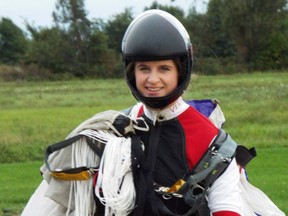
Lack of training, parachute failure causes of Gatineau skydiving accident: report

PDF) The SKYNET data: Demography and injury reporting in Swedish skydiving

Sprains - Symptoms, Causes & Risk Factors

The skeletal trauma resulting from a fatal B.A.S.E jump: A case study showing the impact of landing feet-first under extreme vertical deceleration - ScienceDirect

IJSPT V16N5 by IJSPT - Issuu

Exercise sharpens medical response to major accident > Air Force Medical Service > Display

A descriptive study of orthopaedic injuries due to parachute jumping in soldiers, BMC Emergency Medicine

Spinal Cord Injuries: Traumatic, Nursing CEU

PDF) Musculoskeletal Injuries in the Military (Sep 10, 2015) (1493929836) (Springer)
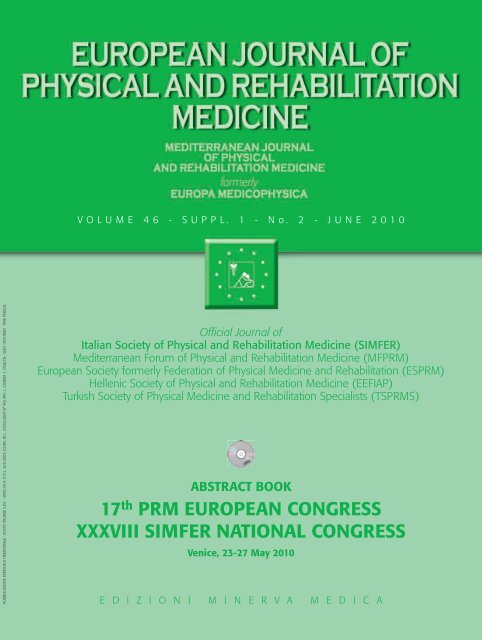
indice impaginato - ESPRM

Spinal Cord Injuries: Traumatic, Nursing CEU


